IoT devices that operate without power supplies

Internet of Things (IoT) and Machine to Machine (M2M) devices are becoming more common every year. IoT devices have made it simple to automatically gather a wide variety of data or remotely control other devices. How to supply electrical power to IoT devices and their sensors and data transmitters is a question that must be answered for the widespread adoption of IoT devices to be realized. Self-powered IoT devices have been gaining attention as an answer to this question.
Table of contents [close]
IoT power supply issue
All sensors and data transmitters installed in IoT devices require electrical power to operate. However, IoT devices are small, light, and often installed in hard-to-reach places where installation of power supply lines is difficult. In addition, a large number of IoT devices are often needed for a single application, further compounding power supply needs.
It is often difficult to connect IoT devices with power sources. In indoor installations, power cords should not be exposed for safety and security reasons and so must be installed inside the walls, above the ceiling, or under the floorboards. Often, a large number of devices are used in a single application. Connecting all of these devices to power can be a laborious and costly process. In outdoor installations, electrical facilities must be waterproofed and protected against other environmental conditions. Impacts to the environment and aesthetics must also be considered.
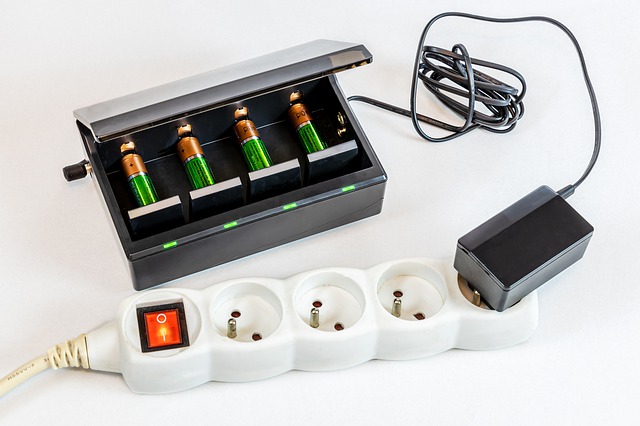
If batteries are used as a power source, they must be charged or changed regularly and depending on the operating conditions, this might be required frequently. Also, the installation location or the sheer number of devices can make changing the batteries a very difficult task. Larger batteries can be used to extend operating time. This is not ideal since most applications require IoT devices to be small and lightweight. IoT devices require power sources that are easy to setup and maintain while remaining compact. But imagine if IoT devices were able to produce power on their own. They would not need any batteries or external power. Self-powered IoT could be achieved.
Technologies for Self-powered IoT
Energy harvesting is the technology that will allow a world of self-powered IoT devices. Light, heat, movement, radio waves, and other forms of energy in the environment can be gathered (harvested) and converted into electricity.
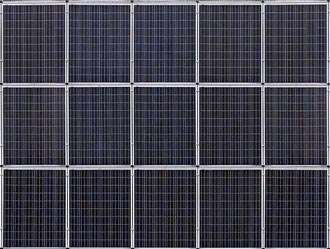
For example, solar batteries are well-known harvesters of light energy. There are IoT devices that use solar batteries that can be operated with relatively weak light. There are also devices that use solar batteries to charge internal batteries so they can operate in complete darkness. It is also possible to use the Seebeck Effect to generate electricity from the temperature difference between two metals. Heat from machines and factories can be used to power monitoring equipment. Watches that are powered by body movement and cooking pots that generate their own electrical power can also be created.
Motion energy harvesters are able to produce electric power from the movement of the human body, the rotation of wheels, the opening and closing of doors, the flow of water, and kinetic sources. Simple magnet and coil devices to more complex piezoelectric devices are used to produce electricity from movements.
If energy harvesters are effectively incorporated into IoT devices, they will be able to power their sensors and transmission devices without the need for external sources of power. This is anticipated to be the solution to the IoT power supply issue.
Low Power Wide Area transmission can be achieved
Although expectations are high, environmental harvesters are not without their own problems. For example, the energy produced by energy harvesters tends to be weak and unstable. The IoT devices themselves must become more energy efficient.
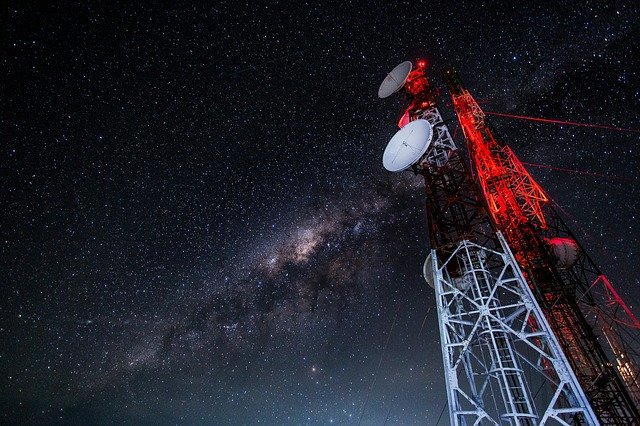
Low power wide area (LPWA) communicators have been developed in recent years especially for use in IoT applications. There are several categories in the LPWA standards, including licensed bands and unlicensed bands. Unlicensed bands do not require broadcasting licenses and are also known as specified low-power radio transmission systems. They mainly use the sub-gigahertz range of frequencies, are resistant to noise, and good for long distance communications. Sigfox, LoRaWAN, Wi-Fi HaLow, and Wi-SUN are just some of the standards that are available today.
Licensed bands are frequencies such as LTE that require approval from major broadcasting carriers. They are more stable across a wider area compared to the unlicensed band. NB IoT, LTE-M, and LTE Cat.M1 are some licensed bands used in IoT. In addition to IoT devices becoming more energy efficient, energy harvesters themselves must become more effective at producing power from the surroundings. Generation of stable power, combining generation with storage, and shortening of signal processing times are all required to improve power usage.
-
Generating electricity from mechanical vibrations - How it works and what it is used for

-
Issues in implementing Energy harvesting devices
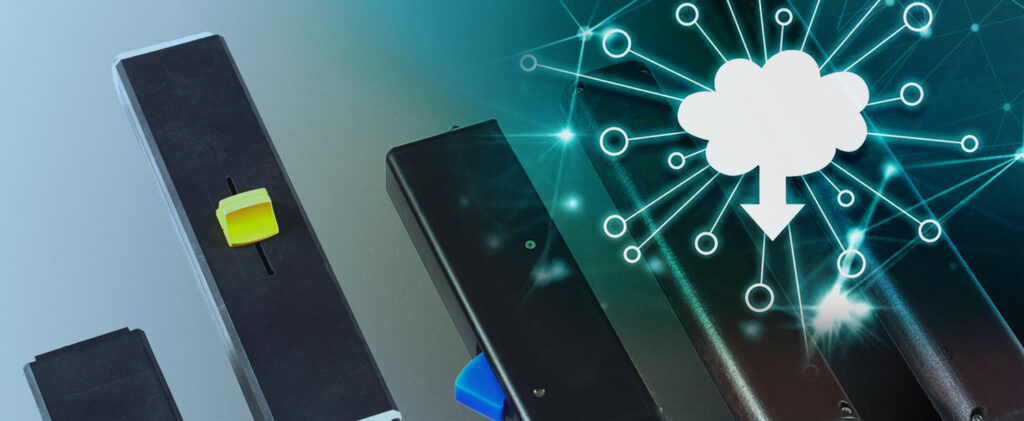
-
What is Energy Harvesting? What are Energy Harvesting Challenges?
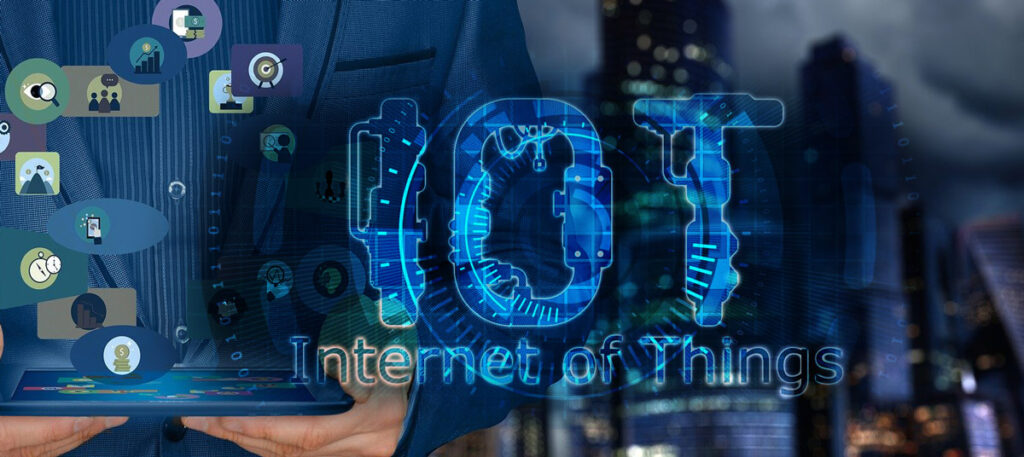
-
Power Generated by Environmental Harvesting

-
Making Energy Harvesting devices smaller, thinner, more durable, and more efficient



